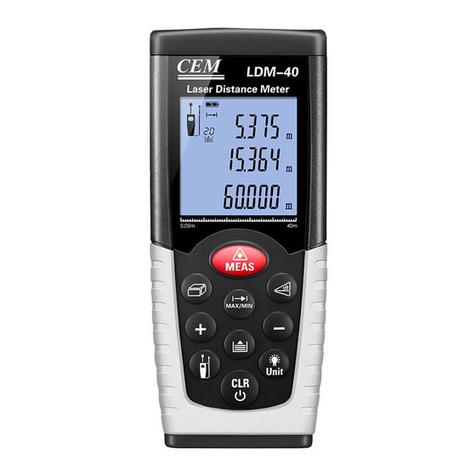
i
Table of Contents
Operating Precautions .......................................................................................................................................................................... iii
Warning and Cautions .......................................................................................................................................................................... iii
Accessories .......................................................................................................................................................................................... iv
Overview ............................................................................................................................................................................................... 1
Sprint Operation ................................................................................................................................................................................... 1
Balance Share................................................................................................................................................................................... 1
Computer Settings............................................................................................................................................................................. 1
System Setup ....................................................................................................................................................................................... 2
External Balance Setup .................................................................................................................................................................... 4
Solution Preparation ......................................................................................................................................................................... 5
Gravimetric Method....................................................................................................................................................................... 5
Volumetric Method......................................................................................................................................................................... 5
Standard Method........................................................................................................................................................................... 5
Fluid Tubing Preparation .................................................................................................................................................................. 6
Homogenizer Installation .................................................................................................................................................................. 6
Wash Station Strainer Installation ..................................................................................................................................................... 7
Printer Ribbon Installation ................................................................................................................................................................ 7
Assembled Sprint System ..................................................................................................................................................................... 8
Sprint Keypad........................................................................................................................................................................................ 9
Navigating with the Sprint Keypad..................................................................................................................................................... 9
Instrument Setup .................................................................................................................................................................................. 10
Administrator ..................................................................................................................................................................................... 10
System .............................................................................................................................................................................................. 10
iTAG® Weight .............................................................................................................................................................................. 10
Preferences ...................................................................................................................................................................................... 11
Data Output....................................................................................................................................................................................... 12
Serial Options.................................................................................................................................................................................... 12
Backup/Restore ................................................................................................................................................................................ 12
Backup .......................................................................................................................................................................................... 12
Restore ......................................................................................................................................................................................... 12
Delete ........................................................................................................................................................................................... 13
Import/Export Data ........................................................................................................................................................................... 13
Import Methods ............................................................................................................................................................................. 13
Export Methods ............................................................................................................................................................................. 13
Export Bundles.............................................................................................................................................................................. 14
Export Results .............................................................................................................................................................................. 14
User Management ............................................................................................................................................................................ 15
New User ...................................................................................................................................................................................... 15
Administrator ........................................................................................................................................................................................ 15
Folder Management .......................................................................................................................................................................... 16
Method Management......................................................................................................................................................................... 16
Sample ID Settings............................................................................................................................................................................ 17
Date/Time.......................................................................................................................................................................................... 17
Balance Settings................................................................................................................................................................................ 17
Balance Share............................................................................................................................................................................... 18
Computer Settings............................................................................................................................................................................. 18
Contrast............................................................................................................................................................................................. 19
SPRINTPAK Setup................................................................................................................................................................................ 20
SPRINTPAK Restandardization ............................................................................................................................................................ 21
Instrument Operation ............................................................................................................................................................................ 22
Load Method ..................................................................................................................................................................................... 22
Edit Method ........................................................................................................................................................................................... 22
Method Parameters........................................................................................................................................................................... 23
Method Name................................................................................................................................................................................ 23
Method Bias .................................................................................................................................................................................. 23
Result Predision ............................................................................................................................................................................ 24
Sample Details .............................................................................................................................................................................. 24
Run Details.................................................................................................................................................................................... 25
Create Method................................................................................................................................................................................... 28
Stop Method...................................................................................................................................................................................... 28
Recovery Clean................................................................................................................................................................................. 29
Statistics ............................................................................................................................................................................................... 29
Maintenance.......................................................................................................................................................................................... 29
System Information................................................................................................................................................................................ 30





























